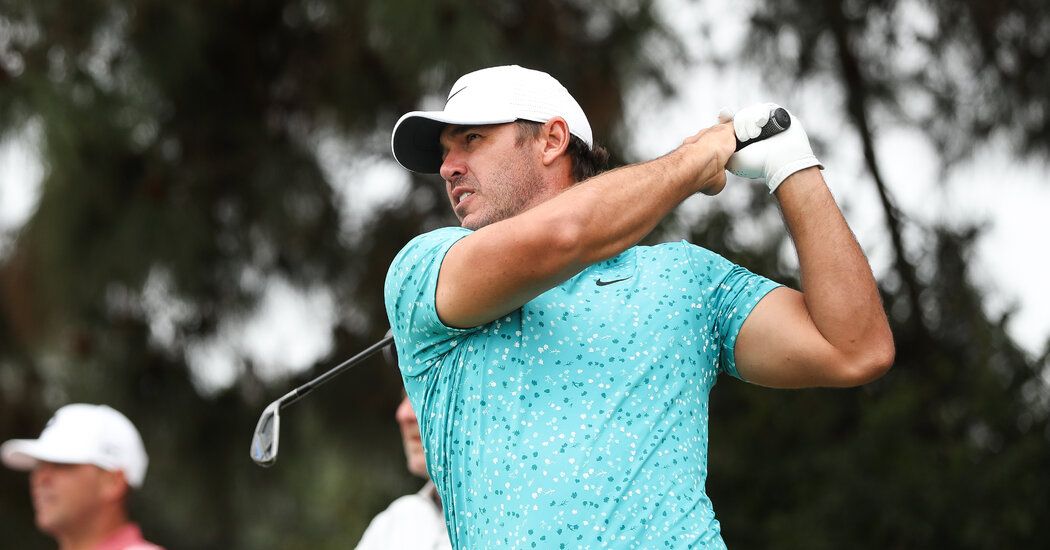First Came Golf’s Flash Grenade. Now, Here’s the U.S. Open.
The PGA Tour was unchallenged as the world’s premier circuit for most of a period that began during Lyndon B. Johnson’s presidency, and the players who kept their tour cards were rewarded handsomely for performing well in events from Torrey Pines in San Diego to Sea Pines in Hilton Head Island, S.C.
LIV’s thunderous emergence last year proved a most severe test of the tour’s supremacy and cast a haze over professional golf. For the first time in generations, the PGA Tour was not the unrivaled signature show in American men’s golf.
Now, with the PGA Tour and LIV poised to amass their moneymaking ventures inside one new company led by the tour commissioner and chaired by the Saudi wealth fund’s governor, the dimensions of professional golf are hazier, even for the sport’s biggest names.
Will LIV exist in a year’s time? How might players who defected from the tour to LIV be allowed to return? Should golfers who remained devoted to the tour be compensated for their loyalty? And what about all of that money, said to be $100 million or more in some instances, that the wealth fund promised LIV golfers?
The deal emerged from seven weeks of secret talks that began with a WhatsApp message on April 18, continued in London, Venice and San Francisco, and culminated in an announcement in New York last Tuesday. Much about the framework agreement, though, is unclear, with bankers and lawyers still rushing to fill in blanks on matters as weighty as asset valuation. Golf executives have suggested that months could pass before the deal closes, and some are privately acknowledging that the shoals before and beyond a closing may not be easy. (“I don’t have enough information about the deal yet to have an unfavorable or favorable view about it,” Patrick Cantlay, a player who is on the PGA Tour’s board, said on Tuesday.)
In the meantime, some players suggested that they would simply settle for an answer, or answers, to their most essential questions.
“We all want to know the why,” Morikawa said. “We’re so interested in the why. For us, for me right now, it’s just like what’s going to happen? I don’t know. But we always want to know that why answer — like, what’s the purpose behind it? But I think there’s so many different parties involved that there’s too many answers to really put it into one underlying umbrella.”
Source: The New York Times


